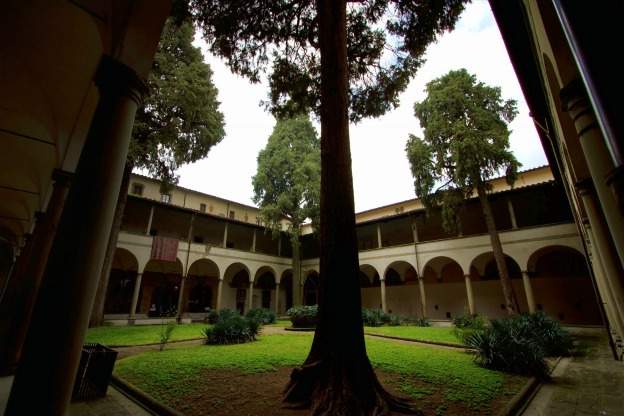
The year 1386 marked the establishment of the oldest university in Germany: the University of Heidelberg. Officially the Ruprecht-Karls-Universität Heidelberg, it was named for Rupert I who established the University when Heidelberg was the capital of the German state called the Palatinate.
Sixteenth-century reformer Philipp Melanchthon studied at the University of Heidelberg, but was not granted his master’s because they deemed him too young, so he transferred to the University of Tübingen. Later, when Romantic composer Robert Schumann still sought law as a profession, he also studied at the University of Heidelberg. Today the school emphasizes study of the sciences, and it counts among its graduates many members of the German government.
Also during this year, the Battle at Margate occurred as part of the conflicts in French territory known as the Hundred Years’ War. While this war did not last continually for 100 years, the long series of small wars, (which were fought over the course of one hundred sixteen years), reduced the population of French territories by about half. In 1386, the ultimately successful French forces were defeated by the English at Margate, a city in the district of East Kent, when they try to land their naval forces.
In Florence, Italy, work began on the construction of the Brancacci Chapel in 1386. Sometimes called “the Sistine Chapel of the early Renaissance,” it was commissioned by Pietro Brancacci who had been the Florentine ambassador to Cairo for a number of years. The paintings that give the chapel its comparison to the Sistine were not commissioned until 1423 by Brancacci’s nephew, Felice, who had made his fortune as a silk merchant. Access to the private chapel is now possible through a neighboring convent designed by Filippo Brunelleschi.
Also in 1386, Catherine of Valois, sister of King Charles VI of France, married John of Valois, Duke of Berry. She was eight-years-old. It is thought that the composer Solage wrote the pieces “Calextone qui fut” and “Corps femenin” in honor of this marriage; though, some think they could also be in honor of Catherine, the granddaughter of Philippe, Duke of Burgundy, who was born seven years later.
Ten pieces are attributed to Solage in the Chantilly Codex, which contains some of the best representations of ars subtilior music from the 14th and 15th centuries.









